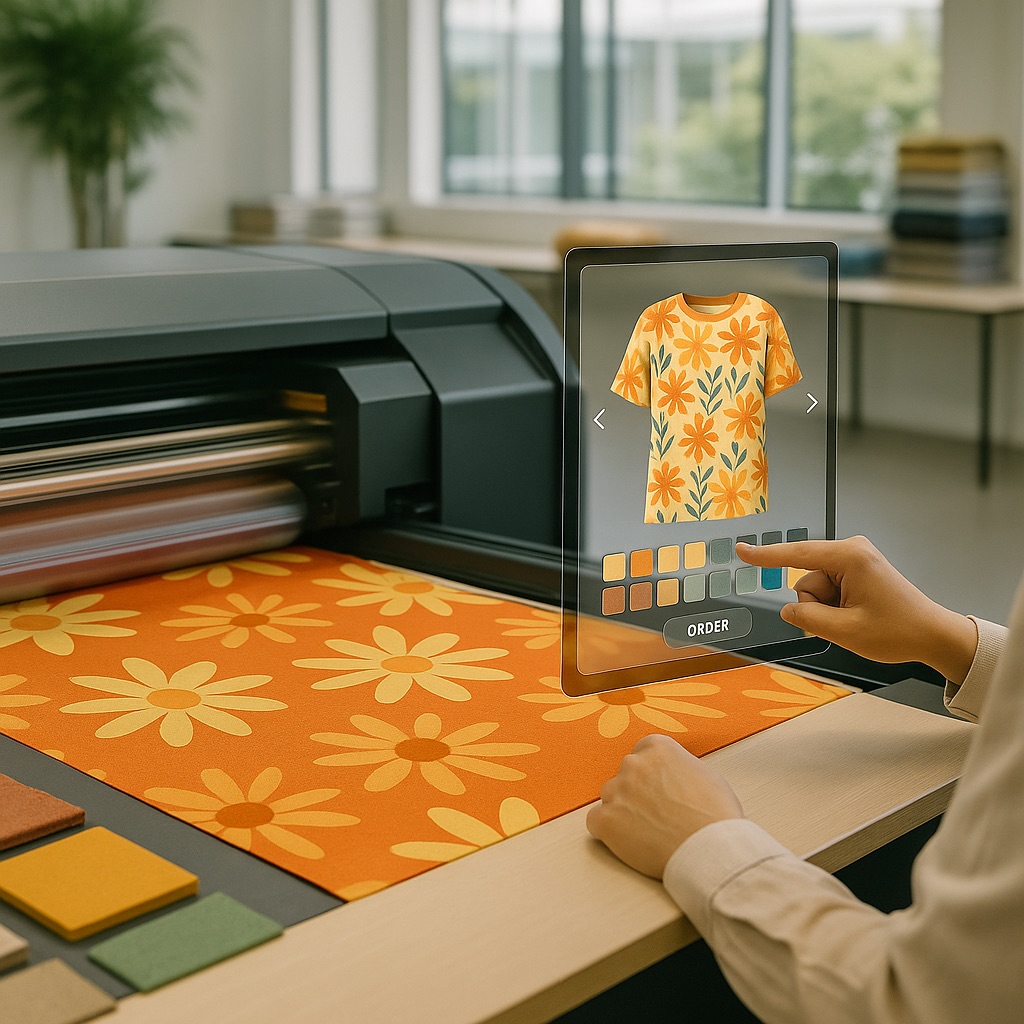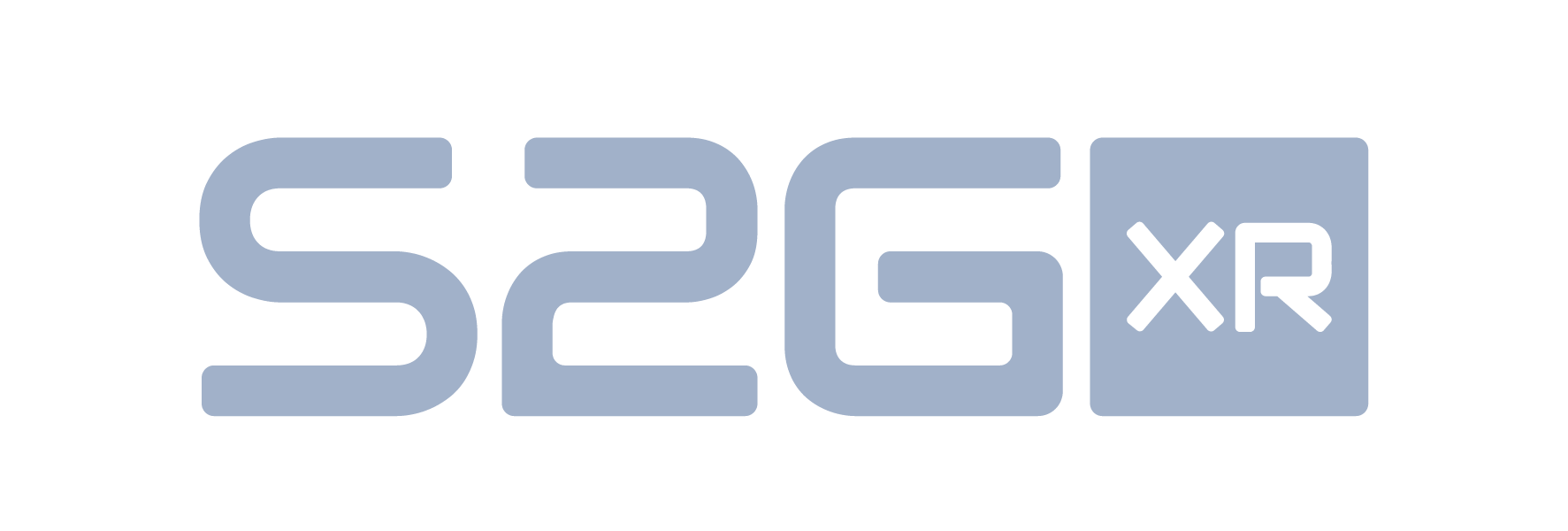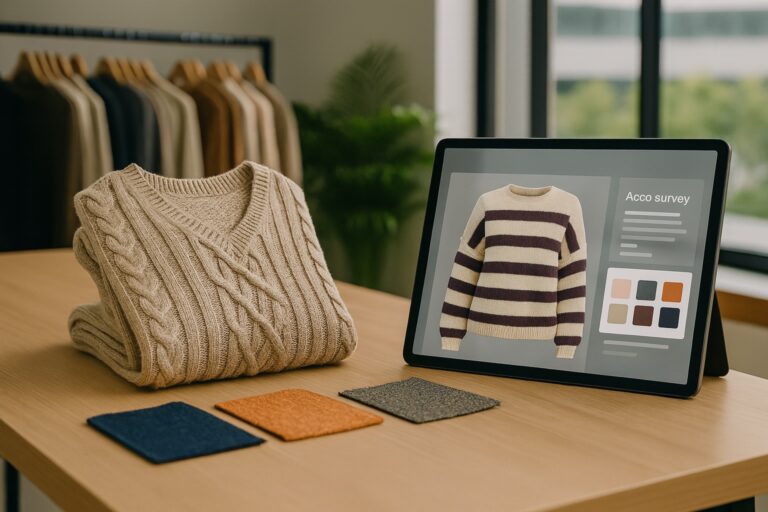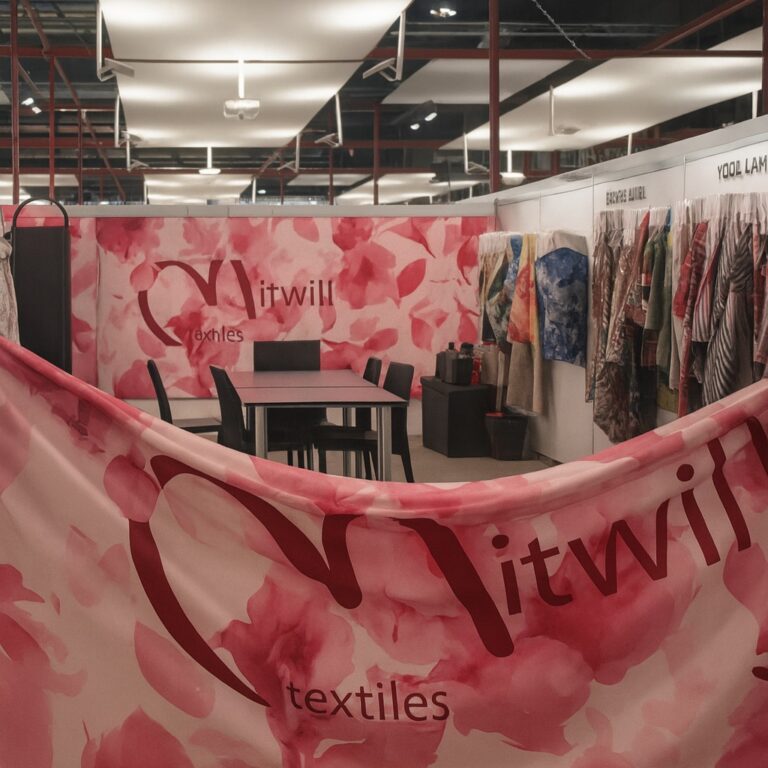Customization sounds great on paper. Until you try to do it at scale. The truth? Personalization can quickly turn into a production nightmare—unless you rethink the way you do things.
Today’s textile brands face a growing demand for uniqueness. Buyers want something different, special, tailored. But how can you offer flexible textile customization without sacrificing efficiency, time or margins? Let’s just say… it’s possible. If you play it smart.
your customer wants it all (and fast)
Welcome to the age of ultra-choice. Whether it’s a specific shade, an exclusive pattern, or a limited edition colorway, your customers aren’t just browsing—they’re imagining. Their own version. Their own look. Their own product.
And that’s where the pain can start.
Because most textile production lines weren’t built for flexibility. They were built for repetition. Introduce too many options, and suddenly you’re juggling file versions, fabric approvals, and endless back-and-forths. Deadlines stretch. Costs explode. Everyone loses patience.
Customize the flow, not the workload

The problem isn’t customization. It’s friction.
The solution lies in flexible textile production—a setup that can adapt without chaos. That’s where digital tools, especially a robust textile personalization platform, become game changers.
The client sees the options. The system does the work behind the scenes: generating the right file, pushing data to the right supplier, updating visuals in real time.
You don’t need a new team. You need a smarter process.
Digital tools that work like an extra pair of hands
Today’s best platforms don’t just look good in a demo. They actually reduce workload.
3D visualization. Color simulation. Automated file creation. Seamless integration with production partners.
Every step is designed to make mass customization in fashion possible—and scalable.
And when you reduce physical sampling, automate repetitive tasks and centralize data?
Personalization becomes efficient. Predictable. Even fun.
From custom requests to smart production
On-demand textile manufacturing is no longer a pipe dream. It’s a viable way to produce what people actually want—without drowning in unused stock.
By moving from static production to dynamic, digital flows, you gain responsiveness. You test, adapt, and launch with minimal waste.
And that’s not just better for your margins—it’s better for the planet, too.

Personalization should simplify, not complicate
If your customization strategy is making things harder, it’s time to switch tools—not to give up.
A good platform helps you do more, with less hassle.
Your customers get a product they love.
Your team gets room to breathe.
And your business stays ahead.
Because in the future of textile, personalization isn’t a luxury. It’s the standard.
The only question is: will your production keep up?
We’re meeting for the 5th time to move the textile industry forward
On May 16th, the partners of the S2G XR project gathered in...
Read moreHow to personalize your textile offer without complicating your production?
Looking to offer textile personalization without slowing down production? Discover how flexible...
Read moreWhat we learned from Première Vision, Munich Fabric Start and Milano Unica
From Paris to Milan, textile trade shows confirmed it: immersive tools are...
Read more5 use cases where a digital showroom makes the difference
Discover five key use cases where going digital boosts visibility, saves time...
Read more


